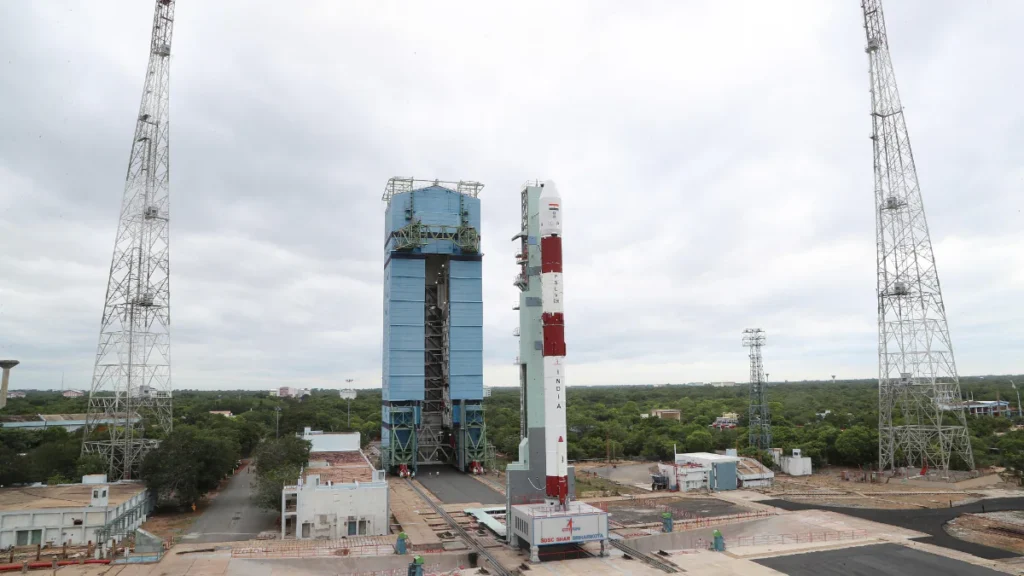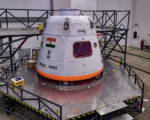ISRO Also Reportedly Advancing in SSLV Technology Transfer
The Indian Space Research Organisation (ISRO) is making significant strides in its lunar exploration program with the forthcoming Chandrayaan-4 and Chandrayaan-5 missions. According to recent reports, ISRO Chairman S. Somanath has confirmed that the designs for both missions are complete and are now awaiting government approval. These upcoming missions are poised to build on the achievements of Chandrayaan-3, which successfully made India the first country to land a module near the Moon’s south pole. The Chandrayaan-4 and Chandrayaan-5 missions are expected to focus on deeper lunar exploration, leveraging the success of their predecessors to gather more data and insights about the Moon.
In addition to its lunar missions, ISRO is making notable progress on its human spaceflight initiative, the Gaganyaan mission. Scheduled to undergo an unmanned test flight in December, the mission marks India’s ambitious foray into human space exploration. Somanath revealed that all the rocket stages necessary for the mission, including the final C-32 cryogenic stage, have been delivered to the launch site in Sriharikota. The crew module is currently being integrated at the Vikram Sarabhai Space Centre in Trivandrum, while the service module is being prepared at the UR Rao Satellite Centre. The launch timeline is dependent on the successful completion of final integrations and comprehensive testing.
The Gaganyaan mission, which will see its initial unmanned test flight this December, is a critical step for ISRO’s human spaceflight program. This mission will lay the groundwork for future manned missions and represent a significant milestone for India’s space exploration capabilities. The mission’s readiness is closely tied to the final stages of preparation, including the integration of the crew escape systems, which are being transported to the launch site in batches.

Meanwhile, the training of the selected ‘Gaganyatris’—astronauts designated for the Axiom-4 mission to the International Space Station (ISS)—is underway. Two of these astronauts are currently in the US for initial training, which is expected to last three months. This training will be complemented by additional sessions in Europe and other US facilities before they return to India. The Axiom-4 mission, slated for mid-2025, is poised to be a landmark event, showcasing India’s growing capabilities in space exploration and international collaboration.
ISRO is also reportedly advancing its work on the Small Satellite Launch Vehicle (SSLV) technology. This development is part of the organization’s broader strategy to enhance its satellite launch capabilities and offer more flexible and cost-effective solutions for deploying small satellites. The progress in SSLV technology transfer highlights ISRO’s commitment to expanding its space infrastructure and addressing a wide range of satellite deployment needs.
Overall, ISRO’s ongoing projects and advancements reflect its ambitious vision for space exploration and technology development. With significant milestones on the horizon, including the Chandrayaan-4 and Chandrayaan-5 missions, the Gaganyaan human spaceflight, and the SSLV technology, ISRO continues to solidify its position as a leading player in the global space community. The organization’s efforts in these areas underscore its dedication to pushing the boundaries of space exploration and technological innovation.


















